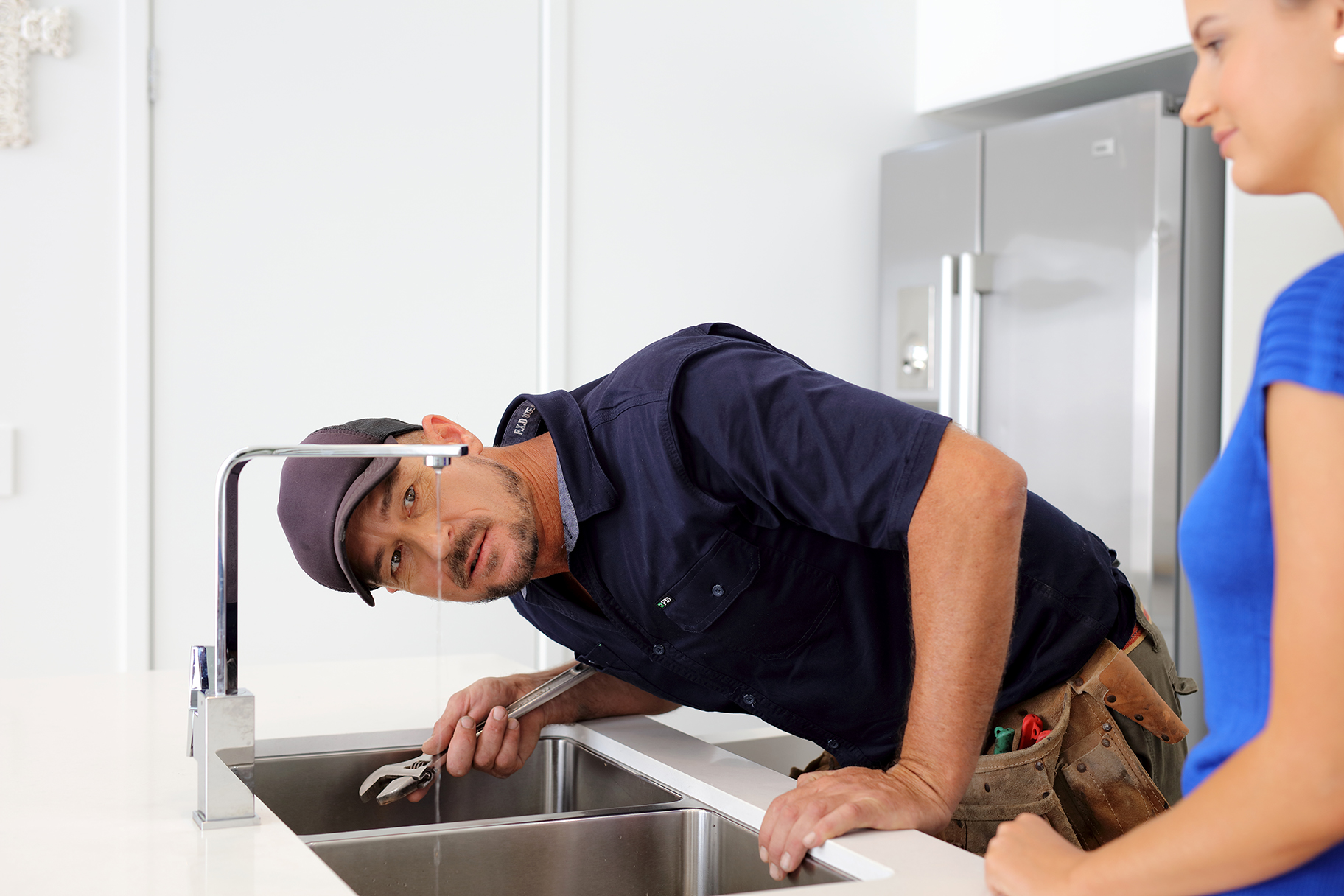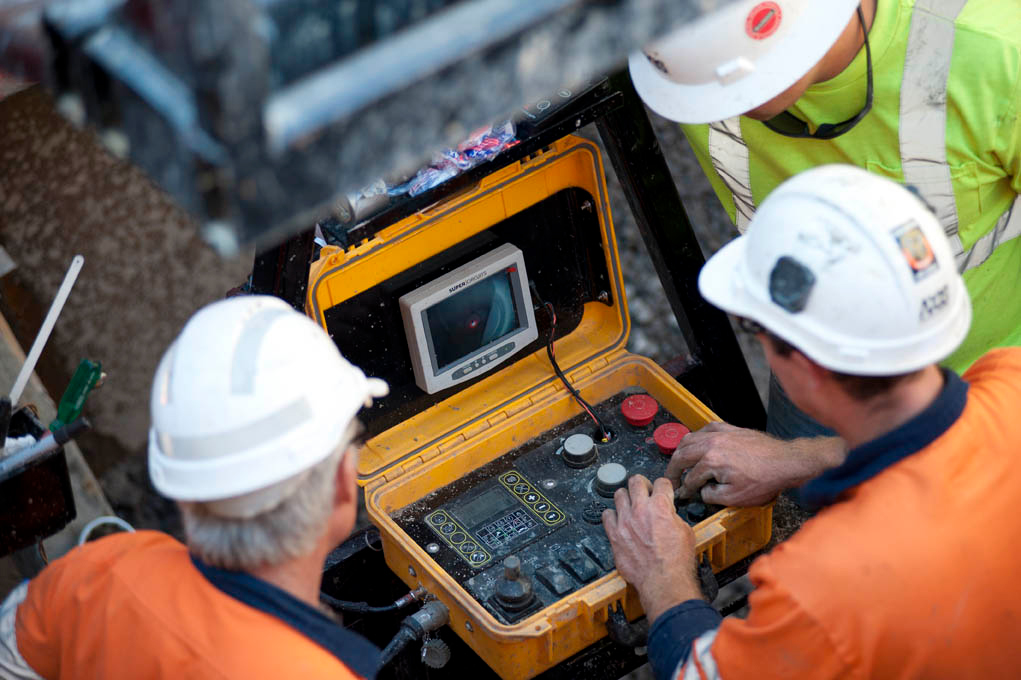You can do a simple bucket test to get an indication of possible low water pressure.
Here’s what to do:
-
find the tap nearest to your water meter (this is usually the front outdoor tap)
-
turn the tap on full and record the time it takes to fill a 9-litre bucket
-
if this takes a lot longer than 30 seconds, you may have low water pressure.
There are several reasons why you may be experiencing low water pressure. Go to Step 2 to understand the possible reasons and what to do.
If you've got LOW water pressure, follow these steps to work out what the problem is and how to fix it.
| Step |
What to do |
|
1. Search for planned or unplanned incidents in your area.
We might be carrying out planned works in your area. If so, we always try to give residents notice of any work we’re doing in your area. Or we might be carrying our emergency work on the water mains in your area and it is not possible to give advance notice of these emergency works.
|
Check to see if we have left a card in your letterbox.
Check our outages map to see if we have works happening near you. You can also receive updates on water outages by following us on Facebook.
|
| If you can't see an outage in your area, please make the following checks: |
|
2. Check the pressure at all your cold water taps, both inside and outside.
|
If low pressure isn’t occurring at every tap, then you have an internal plumbing issue. If it is only occurring at particular taps, check those tap filters are clean and ensure installed devices aren’t clogged. If this doesn’t resolve then you may need to contact a licensed plumber. |
| 3. Check your stop tap or stop valves on your water meter are fully open. |
Find the stop tap or stop valve on your water meter and make sure it’s fully open. This controls the flow of drinking water into your property. |
| 4. Check with your neighbours. |
If they aren’t experiencing similar low pressure it may indicate a problem with your private plumbing, such as a blockage between the meter and your house. You will need to contact a licensed plumber.
|
| 5. Check for internal leaks on your property. |
Leaks can reduce the flow of water reaching your taps, which can lead to low water pressure.
Find out how to check for leaks on your property.
|
| 6. Check the time and frequency of low pressure occurrences. |
Please remember: pressure is impacted by demand and is usually lower during the peak demand periods of the morning and evening. |
| 7. Check your internal infrastructure |
In most cases this will require a licensed plumber. Most typical internal causes of low pressure include:
- Blocked / clogged limiting devices
If your house was built after 2006 then you most likely have a limiting device installed, check this is not blocked or being restricted. Limiting devices are installed on the downstream of your meter (your side of the meter), and they are the property owner's responsibility to keep them maintained. They can be attached to any of your internal infrastructure but are generally attached within your meter box or on your hot water system inlet. There are many different manufacturers of Pressure Limiting Devices. Please see a few examples below:

Limiting devices are put in place to protect your internal infrastructure from fluctuations of high pressure, therefore if it is found to be blocked or damaged it is up to the discretion of your plumber and yourself to replace the device with a new one or remove the device completely.
If your house is newly constructed, your pressure issue could be as simple as your limiting device not being adjusted correctly. Ask your plumber or builder to check the limiting device is set to a sufficient 500kPa.
- Blocked or corroded pipework
Over time pipes can become blocked and restrict water flow through them. A licensed plumber will be able to pin point where a blockage lays and resolve it. If you are aware of any galvanised pipework ensure it is not corroding and causing a blockage. If your house was built before 1960 it is highly likely it has galvanised pipework.
|
| 8. Contact Unitywater |
If you have tried all of the above and cannot identify the problem, please call our 24-hour faults and emergencies number: 1300 086 489.
We will ensure the low pressure is not a result of works in your area first and then organise a member of staff to investigate.
|
.jpg?h=267&w=400&la=en&hash=405929AF9FF9211235B9884ADC46AB21)
.jpg?h=255&w=380&hash=E0A13EDC37D1BDB89A0660982C42C2F50AAF3157&la=en)



